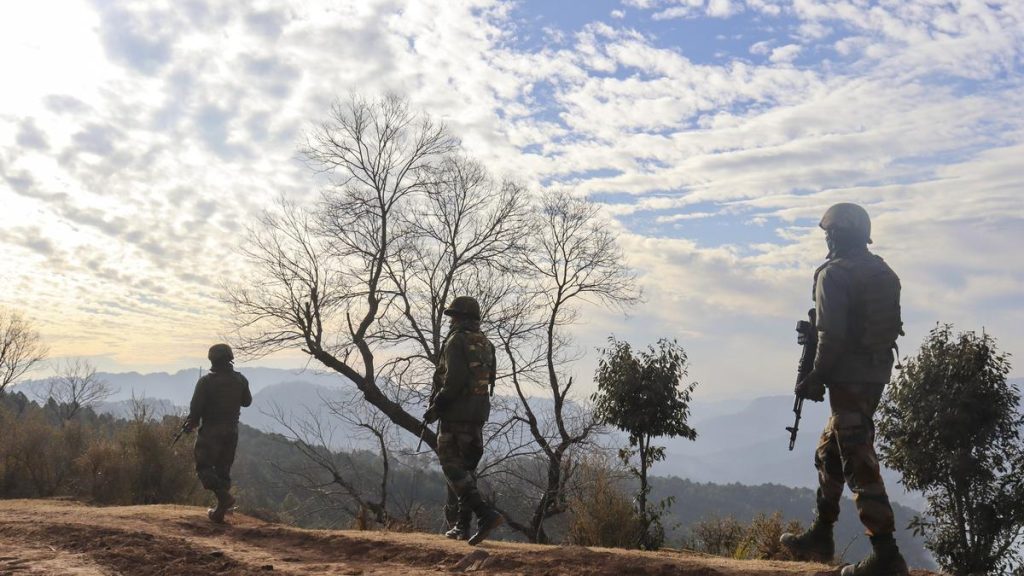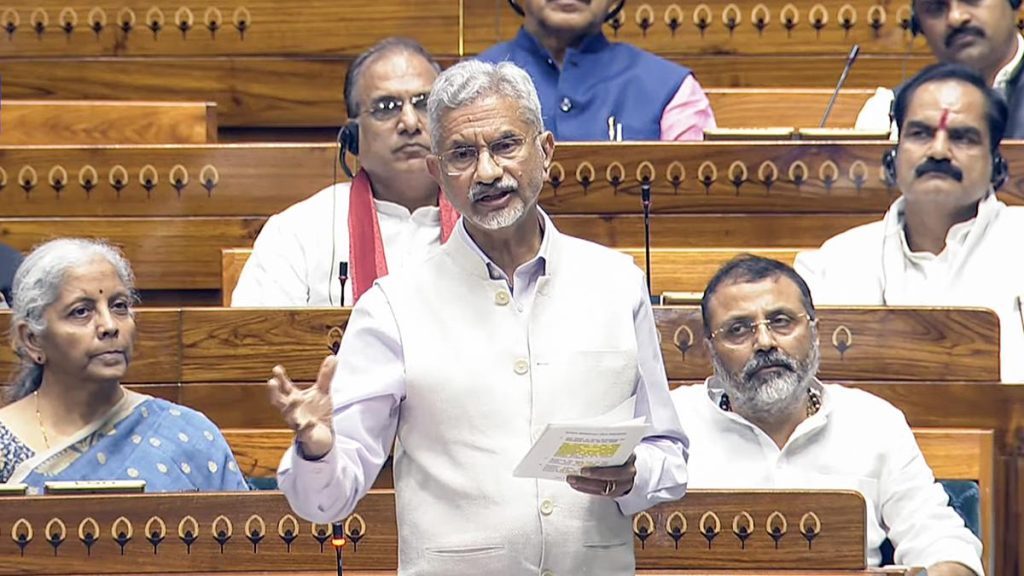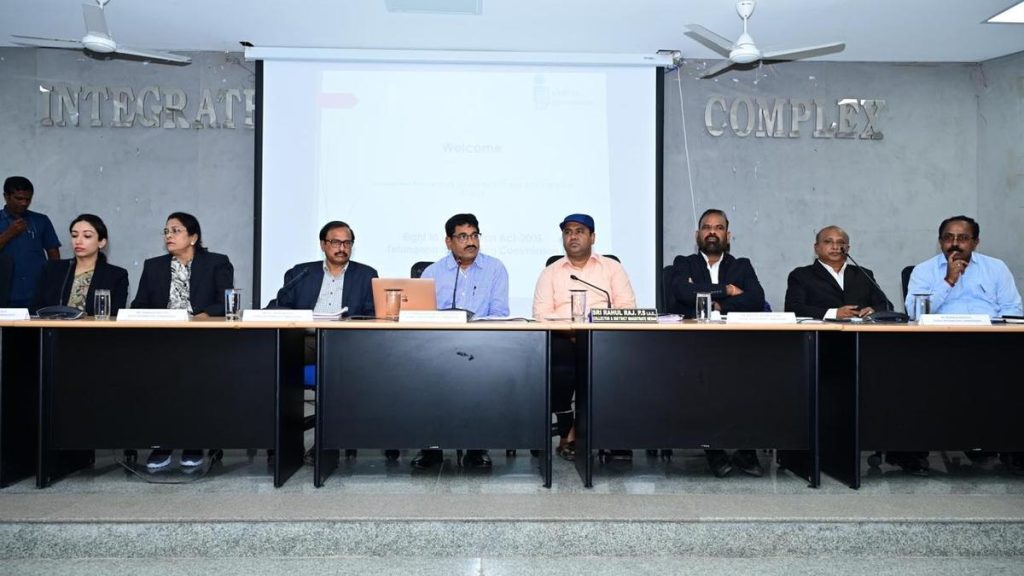Now Reading: Millions in U.S. Face Weather Disasters Without Critical Alerts in Native Languages
-
01
Millions in U.S. Face Weather Disasters Without Critical Alerts in Native Languages
Millions in U.S. Face Weather Disasters Without Critical Alerts in Native Languages

Quick Summary
- In December 2021, Spanish-speaking Guatemalan immigrants in Kentucky missed critical tornado warnings due to language barriers, highlighting the need for multilingual weather alerts.
- The National Weather Service (NWS) previously used AI software by Lilt to translate weather forecasts and warnings into Spanish, Chinese, Vietnamese, French, and Samoan. Automated translations took around 2-3 minutes compared to manual efforts requiring an hour.
- NWS halted automated translations as its contract with Lilt lapsed in April 2023. It has no plans to revert to manual or radio translations citing workforce challenges following budget cuts during Donald Trump’s management.
- This decision impacts approximately 71 million U.S. residents who speak languages other than English at home, with Spanish being the majority language followed by Chinese and others.
- Experts warn that non-English speakers now face heightened risks from extreme weather events aggravated by climate change due to lack of accessible alerts. Rural areas with farmworkers and migrant communities are disproportionately affected.
- Local organizations are stepping up efforts to bridge translation gaps but state-level disaster systems frequently enough fail non-English speaking populations consistently.
Indian Opinion Analysis
India can draw importent lessons from the U.S.’ suspension of multilingual emergency alerts as it grapples with its own linguistic diversity. with over 19,500 languages spoken across India and a growing susceptibility to extreme climate events like cyclones & floods-as highlighted in recent years-the reliance on centralized English-based disaster messaging may not suffice for effective dialog among rural and regional populations.Ensuring accessibility through translation into major Indian languages could help reduce injury or loss of life during crises.
The broader implication also concerns trust in public institutions-accurate multilingual messaging fosters inclusivity while misinformation risks grow when communities depend on non-vetted sources for vital data during disasters. Investing early in technology-based solutions tailored for local contexts-similar to NWS’s effort before abandonment-could mitigate challenges seen now unfolding in the U.S.’ case.
India must prepare robust frameworks ensuring resilient disaster response irrespective rather fragmented regulated Precision… tailoring Regions-specific seem logicalacting
























